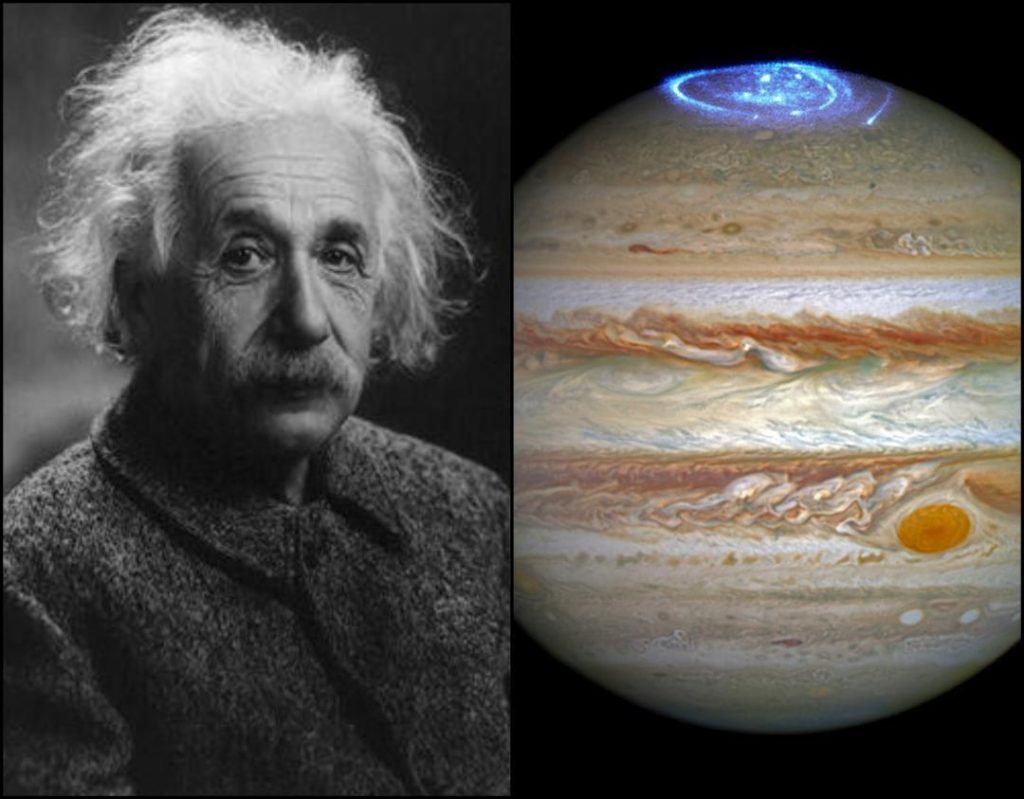
Scientists Discover Jupiter-Sized Planet Using Einstein’s Theory
In a groundbreaking discovery, scientists from Vilnius University have found a Jupiter-sized planet using the “microlensing” method, which is based on Albert Einstein’s theory of general relativity. This incredible achievement has shed new light on the mysteries of the universe and has opened up new avenues for astronomical research.
The microlensing method is a powerful tool that allows scientists to detect planets that are too distant or too small to be detected by other means. It works by observing the light from a star as a planet passes in front of it. When a planet passes in front of its host star, its gravity acts as a lens, magnifying the star’s light and increasing its brightness. This magnification can be detected from Earth, allowing scientists to identify the presence of a planet.
The team of scientists, led by Dr. Vilma Lindstrom, used data from the Optical Gravitational Lensing Experiment (OGLE) to make their discovery. The OGLE is a long-term astronomical project that aims to detect and study gravitational microlensing events. The team analyzed data from the OGLE’s survey of the Milky Way galaxy and identified a anomalous dimming of a star’s light, which was caused by the gravitational lensing effect of a Jupiter-sized planet.
The newly discovered planet is located approximately 3,200 light-years away from Earth, making it one of the most distant planets ever detected. Its size is massive, with a diameter of approximately 1.4 times that of Jupiter, the largest planet in our solar system. The planet’s mass is estimated to be around 3.5 times that of Jupiter, making it a significant discovery in the field of exoplanetary science.
The discovery of this Jupiter-sized planet is not only significant because of its size, but also because it provides valuable insights into the formation and evolution of planets. According to Dr. Lindstrom, the discovery of this planet suggests that gas giants like Jupiter are common in the universe, and that they may have formed in a different way than previously thought.
“This discovery is a major breakthrough in exoplanetary science,” said Dr. Lindstrom. “It shows that gas giants like Jupiter are not unique to our solar system, and that they may have formed in a different way than previously thought. This discovery opens up new avenues for research into the formation and evolution of planets, and will help us to better understand the universe.”
The discovery of this Jupiter-sized planet is also a testament to the power of Einstein’s theory of general relativity. The microlensing method is a direct application of Einstein’s theory, and it has allowed scientists to detect planets that would otherwise be impossible to detect.
“Einstein’s theory of general relativity is one of the most fundamental theories in physics,” said Dr. Lindstrom. “It has been incredibly successful in predicting the behavior of massive objects like black holes and stars. The discovery of this Jupiter-sized planet is a direct result of Einstein’s theory, and it shows the power and accuracy of his work.”
The discovery of this Jupiter-sized planet is a significant achievement for the scientific community, and it has the potential to open up new avenues for research into the formation and evolution of planets. It is a testament to the power of Einstein’s theory of general relativity, and it shows the incredible things that can be accomplished when scientists work together to advance our understanding of the universe.
Source: https://phys.org/search/






